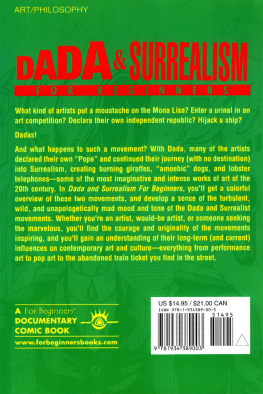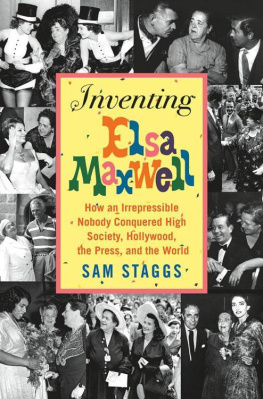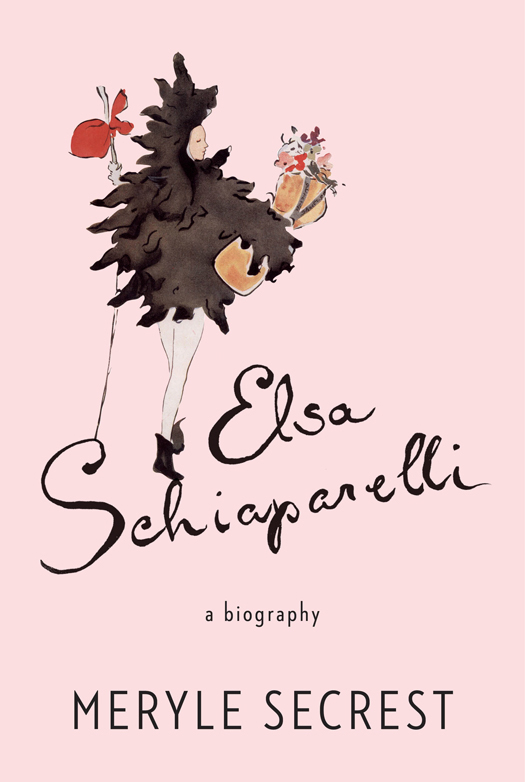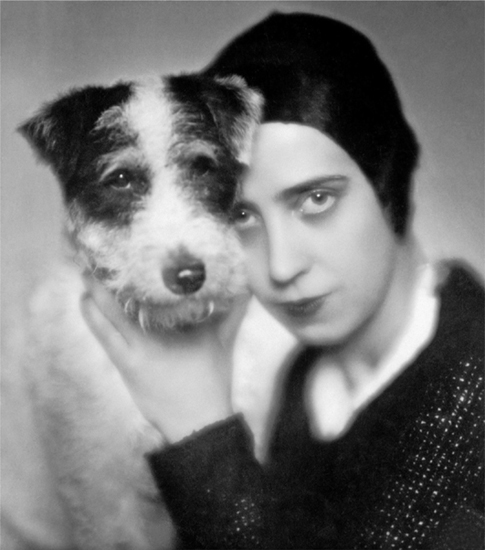THIS IS A BORZOI BOOK PUBLISHED BY ALFRED A. KNOPF
Copyright 2014 by Meryle Secrest
All rights reserved. Published in the United States by Alfred A. Knopf, a division of Random House LLC, New York, and in Canada by Random House of Canada Limited, Toronto, Penguin Random House companies.
www.aaknopf.com
Knopf, Borzoi Books, and the colophon are registered trademarks of Random House LLC.
Library of Congress Cataloging-in-Publication Data
Secrest, Meryle, author.
Elsa Schiaparelli : a biography / Meryle Secrest. First edition.
pages cm
ISBN 978-0-307-70159-6 (hardcover) ISBN 978-0-385-35327-4 (eBook)
1. Schiaparelli, Elsa, 18901973. 2. Fashion designersItalyBiography.
3. Women fashion designersItalyBiography. 4. Surrealism and design. I. Title.
TT505.S3S43 2014
746.92092dc23 2014025820
Front-of-jacket image: Schiaparelli Shocking Perfumes advertisement, Christmas 1946 (detail) by Marcel Verts. Private collection.
Jacket design by Kelly Blair
v3.1
ALSO BY MERYLE SECREST
Between Me and Life
Being Bernard Berenson
Kenneth Clark
Salvador Dal
Frank Lloyd Wright
Leonard Bernstein
Stephen Sondheim
Somewhere for Me
Shoot the Widow
Duveen
Modigliani
For Vicky, as always
Chi crede a sogni matto; e chi non crede, che cos?
He who believes in his dreams is mad;
and he who does not believe in themwhat is he?
LORENZO DA PONTE
Birth is not the beginning
Death is not the end.
CHUANG TZU, 400 B.C.
CONTENTS
ILLUSTRATIONS
[Frontispiece] Elsa and her dog
Aunt Zia; Alberto de Dominitis; Elsas mother, Maria-Luisa; and Elsas uncle Vincenzo
Elsa Schiaparelli, aged four
William de Wendt de Kerlor in 1914
Willie and Elsa
Elsa being hypnotized by Willie
Elsa gazing into the future
Mario Laurenti, 1921
Elsa, 1920s
Elsa at work
Elsa circa 1926
A small chic hat
Schiaparellis answer to the little black dress
Schiaparellis designs, copied by the pattern makers
Divided skirts, 1940
Schiaparellis invention of a swimsuit with a built-in bra
Cocktail dress of black jersey
Pixie Hat
Schiaparelli at home in 1936
Bettina Shaw Jones
Gaston Bergery
The fashionably slim Bettina
Bettina in the early 1930s
Portrait of Schiaparelli inscribed to Bettina
1934 example of a military-style coat of black wool
Evening dress of white textured crepe
Evening gown in midnight-blue crepe
Bettina in 1933
Evening coat of full-length fur
A model wearing a clowns hat
Black silk crepe evening dress
Evening dress in rose satin
Paul Poiret
Dal and Gala at an American country estate
Opening-night party for the Museum of Modern Art in 1939
Schiaparelli adjusting one of her hats in the 1930s
Schiaparellis daring shoe hat
Dal and Schiaparelli in 1949
Sir James Allan Horne
The only known photograph of Henry S. Horne
Schiaparellis 1934 Mayfair pied--terre
Elsa in the 1930s
Elsa, Eddie Marsh, and Syrie Maugham
Elsa, 1938
A sewing pattern translation of a blouse, flared skirt, and capelike top
Schiaparelli on the Place Vendme
Interior of the Schiaparelli boutique, 1950s
Schiaparellis monkey-fur-and-suede shoes
A blue silk fabric of her own design, 1933
Schiaparelli chastising Bettina, 1930s
Kay Francis
Vivien Leigh
Bettina Bergery and the Countess Marie-Laure de Noailles, 1930s
One of Schiaparellis super-sized buttons
Boris Kochno, Marie-Laure de Noailles, and Bb Brard, 1930s
Ensemble of upturned hat and black jacket
Ivory organdy, waltz-length evening dress
Schiaparelli in the kind of at-home finery she liked to wear
An imaginary conversation between Stalin and Schiaparelli
Schiaparelli, probably mid-1930s
Metal mesh handbag
Loelia, the Duchess of Westminster
A decorous advertisement for playing cards, undated
Schiaparelli and Gogo, 1938
One of Schiaparellis many entry visas into the U.S.
The French politician Gaston Bergery in 1934
Gaston Bergery in 1940
Elsa on a lecture tour in the U.S., summer 1940
Elsa, arriving in the U.S. in 1939
Schiaparelli arriving on the Pan Am Clipper in New York, 1941
Gogo meets her mother in the customs shed, 1941
Gogo does war work for the French Red Cross in World War II
Paris under the barricades in World War II
Schiaparelli back again in New York in 1945
Schiaparelli in 1949
Window display, 1949
Schiaparelli and artist Drian, 1950s
Hubert de Givenchy
Johnny Galliher with Ilona Massey
Elsa and Johnny Galliher in 1949
Schiaparelli, 1969
Schiaparelli in 1950
A studio portrait, 1960
Schiaparelli in later years with her two granddaughters
The house in Hammamet
The road from the house
PREFACE AND ACKNOWLEDGMENTS
The most extraordinary fashion designer of the twentieth century is now just a name on a perfume bottle. She is Elsa Schiaparelli, like Gabrielle Chanel a successful woman in the hierarchy of male Paris couturiers. But she was much more than a dress designer. Schiaparelli was an integral part of the whole artistic movement of the times. Her groundbreaking collaborations with such artists as Kees van Dongen, Salvador Dal, Christian Brard, Jean Cocteau, Alberto Giacometti, and Man Ray took the field of womens wear from a business into an art form.
In the years between World Wars I and II, Schiaparelli, like Chanel, created clothes that were attuned to new freedoms for women and the reality of the role they were playing in the workplace. Skirts left the ankle and stayed close to the knee. Crippling corsets disappeared. Silhouettes were practical and wearable; fabrics could be washed. She was as much inventor as designer of style. Realizing that putting on a dress over the head could be a nuisance, she came up with a dress that could be wrapped around the body, an idea that is still with us. Split skirts were practical; she would show them even though it took decades for the idea of wide-legged pants to be socially acceptable, and even longer for the pantsuit. She patented swimsuits with built-in bras and went on to design similar shortcuts for dresses. The zipper arrived and she used it with panache. The Depression arrived, and along with it the idea of clothes that had a multiplicity of uses, such as reversible coats, the all-purpose dress with sets of accessories, skirts that came apart to make capes or shrugs that could be zipped onto evening gowns, and, during World War II, pockets that looked like purses and vice versa. Some of the most obvious things, like matching jackets for dinner dresses, had eluded everyone until she thought of them, and the idea of adding feathers to an outfit was exploited by Hollywood for years.









